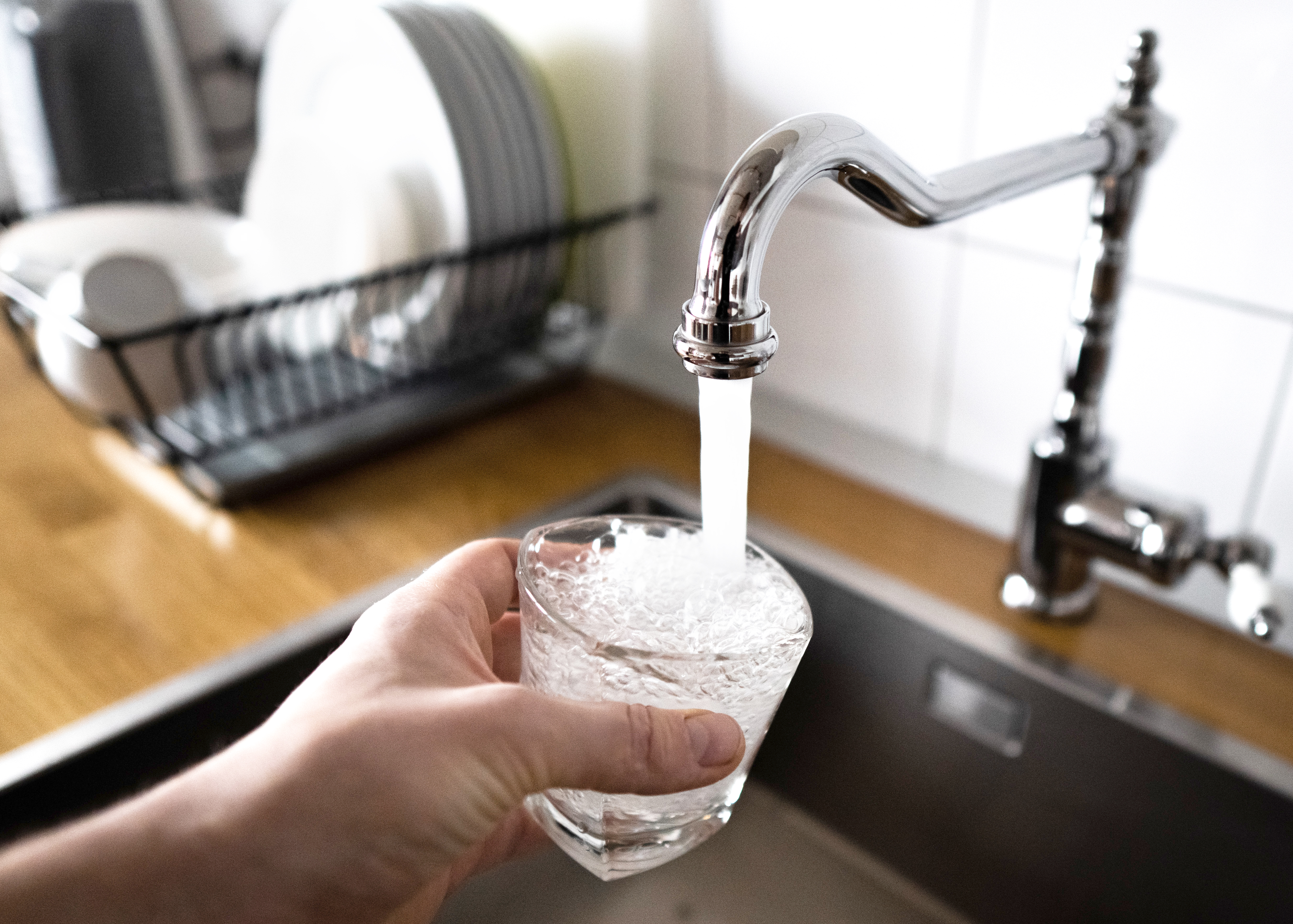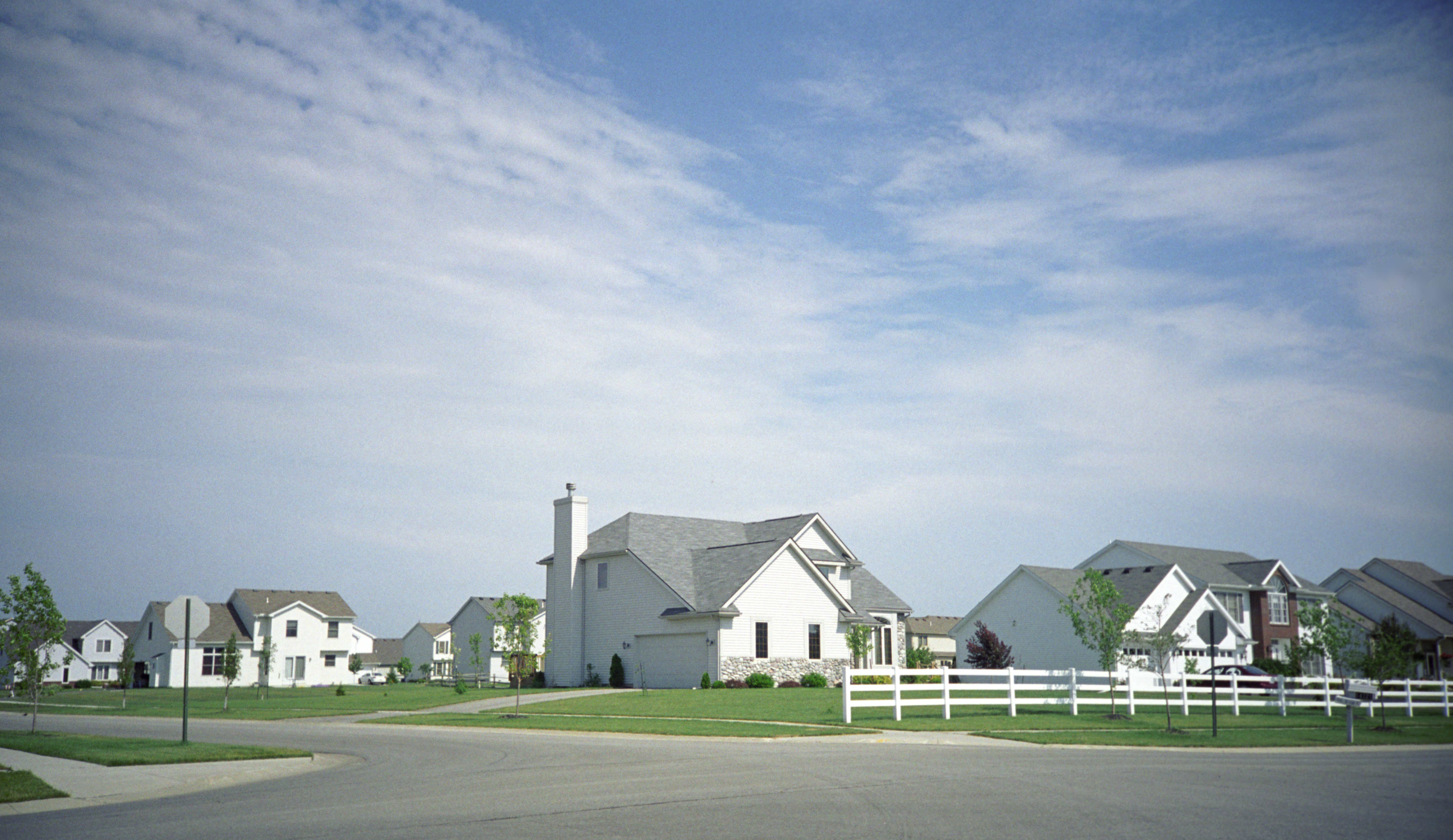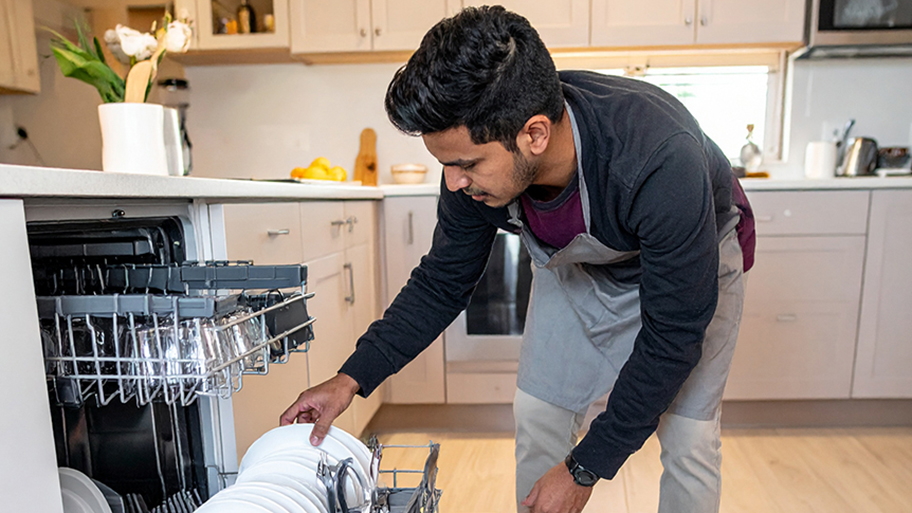
Learn about main water line repair costs in Columbus and what affects pricing to be prepared before you start getting estimates.
Capping a gas line costs $125 on average, depending on how easy it is to access the line. Most spend between $75 and $150.


If you’re no longer using a gas line to fuel your appliances, you can have a pro cap it or remove the gas line completely—the latter costing twice as much.
The cost will depend on how much the plumber charges for labor as there aren’t many material costs involved, and it should only take about an hour to complete.
Attempting to cap a gas line yourself can lead to gas leaks and health hazards, so it’s best left to a pro.
If you want to save on costs, you can make the area as accessible as possible by moving nearby appliances and labeling the location of the gas line.
Whether you’re tired of keeping the furnace pilot light alive or simply want to try an electric oven, there are a few reasons why you may not need the gas line for your home. Capping a gas line is actually quite simple, so you will typically pay around $125 for the task. This may fluctuate between $75 and $150, depending on how easy it is to access the end of the line.
You can either cap a gas line in its current location or remove all of the piping material and cap it at the base.
The average cost to cap a gas line without removing the gas line is around $125. Because it only involves putting a cap where the gas line ran to and then a quick seal test, this job only takes a pro around 30 minutes to an hour at most.
Your other option is to remove the gas line completely. Removing the gas line and then capping at the base will cost around $250 to complete and will take a pro less than a couple of hours. However, this will depend on how long the gas line is.

Because of the simplicity of this job, there isn’t much related to breaking down the costs.
Labor is pretty much the only fee you’ll need to worry about when it comes to the cost of capping a gas line. When you hire a local plumber, they’ll usually quote you a flat fee for the process once they come out to see how long it’ll take. Plumbing costs are often structured this way when projects that take less than an hour and require very few materials.
If you are capping a gas line as part of a remodel, the total labor may also be combined with the cost to install a new gas line.
Speaking of materials, the only one a gas plumber will need is a cap threaded with Teflon tape ($5 to $10) and a few minutes to screw it on. Other required materials include tools like crescent wrenches and possibly a saw to cut a gas line sticking out of the wall too much.
You’ll need to apply for a permit to remove a gas line and cap it completely. Depending on local codes and ordinances, applying for permits will range anywhere from $25 to $100.

Despite sounding easy on paper, dealing with gas is best left to a gas plumber near you. Gas plumbers specialize in the pipes and materials needed to run the fuel source to your home. A standard plumber may not have the necessary skills or experience.
Attempting to cap a gas line yourself is possible (like if you’re going on an extended vacation), though it requires a good handle on how your plumbing works. Just know, though, that you risk a potential gas leak if the cap is not screwed on correctly. While the cap may appear to be on, there’s a chance you may not thread it correctly, and the gas may continue to come out. The cost to repair a gas leak is around $200.
If capping your gas line will be a permanent solution, we recommend hiring a local, experienced pro.
Working with gas can be very dangerous and even harmful to your health. Only attempt gas projects yourself if you have the experience and credentials to do so safely. Otherwise, let the professionals handle these jobs.
One of the easiest ways to save time and money on this process is to give the plumber as much accessibility to the gas line as possible. This may mean decluttering the area, moving appliances, and properly labeling where the gas line is in the garage or basement. It will also help to shut off the gas ahead of time, but your pro can also handle this if you are unsure of how.
From average costs to expert advice, get all the answers you need to get your job done.

Learn about main water line repair costs in Columbus and what affects pricing to be prepared before you start getting estimates.

Discover the leading factors affecting your main water line replacement cost in Columbus, including length, material selection, and installation details.

Learn how much plumbers cost in Columbus, Ohio. Discover pricing for faucet repairs, pipe work, and emergency services, plus how you can save money.

Your shower pan is an unsung hero that can prevent leaks and flooding in your bathroom. Learn how to spot a leaking shower pan and ways to fix it.

Save money by learning to DIY install a dishwasher drain hose. You can do it with or without an air gap fitting in less than an hour and a half.

Extend the life of your appliances by installing a water pressure regulator—here is why this valve is essential in your home.